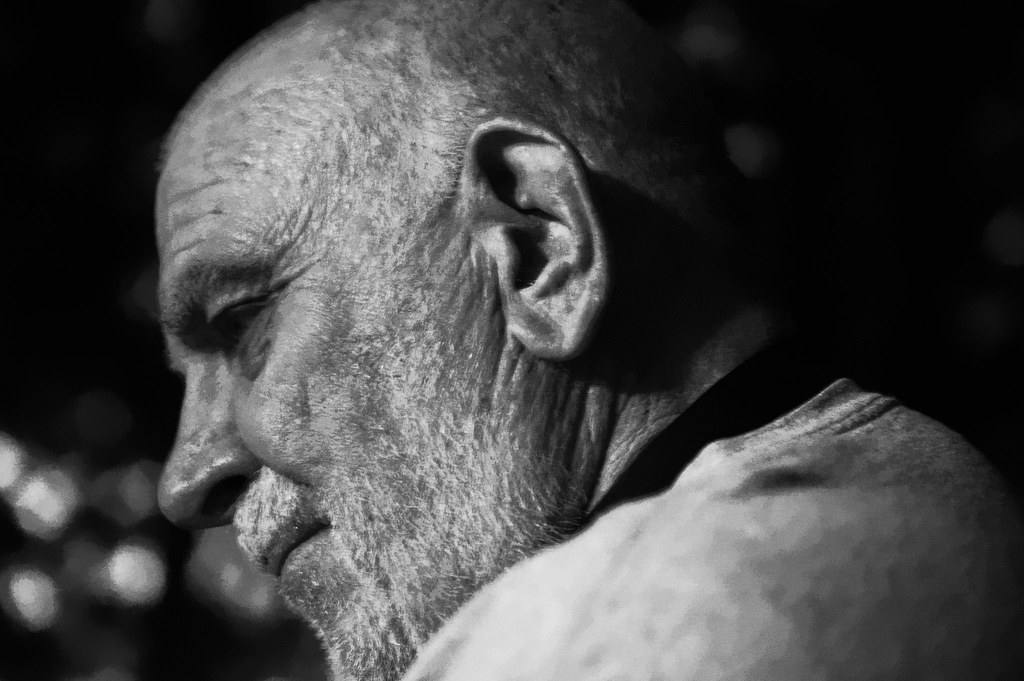As far as I know, the article is nonsense. But less Dynamic Ranges on the input device leads to more contrast and saturation on the output device, which could if you aren't adept at post processing lead to the appearance of more contrast and brighter colours.
The output device is the same whether you shoot high or low Dynamic Range, it all gets squeezed into the DR of the output device. So it doesn't matter how high the DR range is on the input device, if you have a 13 EV DR inout on your camera, and 10 EV out put on your viewing device the contrast will appear flatter than the real life appearance (less DR.) because you've diminished the DR to fit into smaller space. If you shoot a 7EV DR image and stretch it to a 10 EV colour space, you actually increase the DR of the captured image and things have more pop.. But if you want low DR/high contrast (from a high DR image) you can simply use levels to clip your 100 ISO image.
You always want to shoot 100 ISO where possible. 200-400 in a pinch. At 800 ISO you'll need to make sure your image isn't even slightly under-exposed to avoid noise in the shadows. At 1600 ISO there could be noise anywhere. The ISO of a digital camera doesn't really change. At 200 ISO you are clipping off the bottom stop of your dynamic range, so you've lost one stop. AT 400 2 stops. at 800 3 stops etc. because basicly all you are doing is moving your black point to the right.
But there are many days or lighting situations where you need about half the dynamic range available on the camera. SO even at 1600 ISO you have space on either side of your histogram, which tells you don't need the amount of dynamic range the camera can capture, for the image in front of you.
But main points:
Every stop of ISO decreases your dynamic range one stop.
Decreasing dynamic range on the camera, will increase appearance contrast, saturation and the brilliance of colour on the output device. But even then, shooting with higher ISO means a weaker signal, and a weaker signal means more noise.
Shooting at 100 ISO, you can create the same effect as shooting with a lower DR camera, by moving your black and white points on "levels."
It is always preferable to shoot 100 ISO and create a lower DR image in post if high contrast, saturation etc. is desired, that way you can change your mind. If you shoot high ISO you can't get back the DR you lost should you desire to do so.
The only reason for using a higher than 100 ISO is if you can't get the shutter speed you need at ISO 100 at the aperture you want. 100 ISO gives you the highest dynamic range, uses the most light to create your image and therefore gives you the lowest noise. Saturation, contrast and the dynamic range of your output can be dealt with in post processing more effectively than by decreasing the amount of light used to create your image, which is essentially what a higher ISO does.
( In real life, a standard print is not likely to be more than 7 EV. A TV or computer monitor will probably not be more than 9 EV.) A K-3 captures 13 EV and a K-1 captures 15 EV. That's why you have to bump saturation and contrast of a modern digital input to have the image look lifelike, so that the EV compression doesn't make everything look flat..)
Last edited by normhead; 11-02-2019 at 08:03 AM.


 Similar Threads
Similar Threads 






 Higher iso reduces dynamic range because the signal is amplified but the maximum (brightest) value is capped. As much as I don't care about these stats, dxomark has nice plots of dynamic range vs in-camera iso (go to the dynamic range tab
Higher iso reduces dynamic range because the signal is amplified but the maximum (brightest) value is capped. As much as I don't care about these stats, dxomark has nice plots of dynamic range vs in-camera iso (go to the dynamic range tab 













